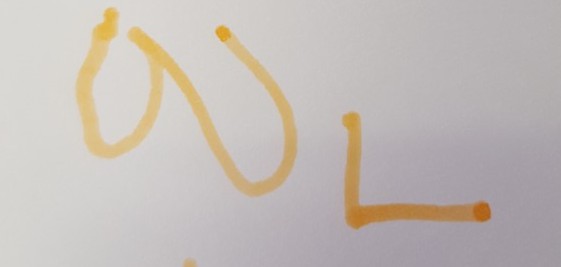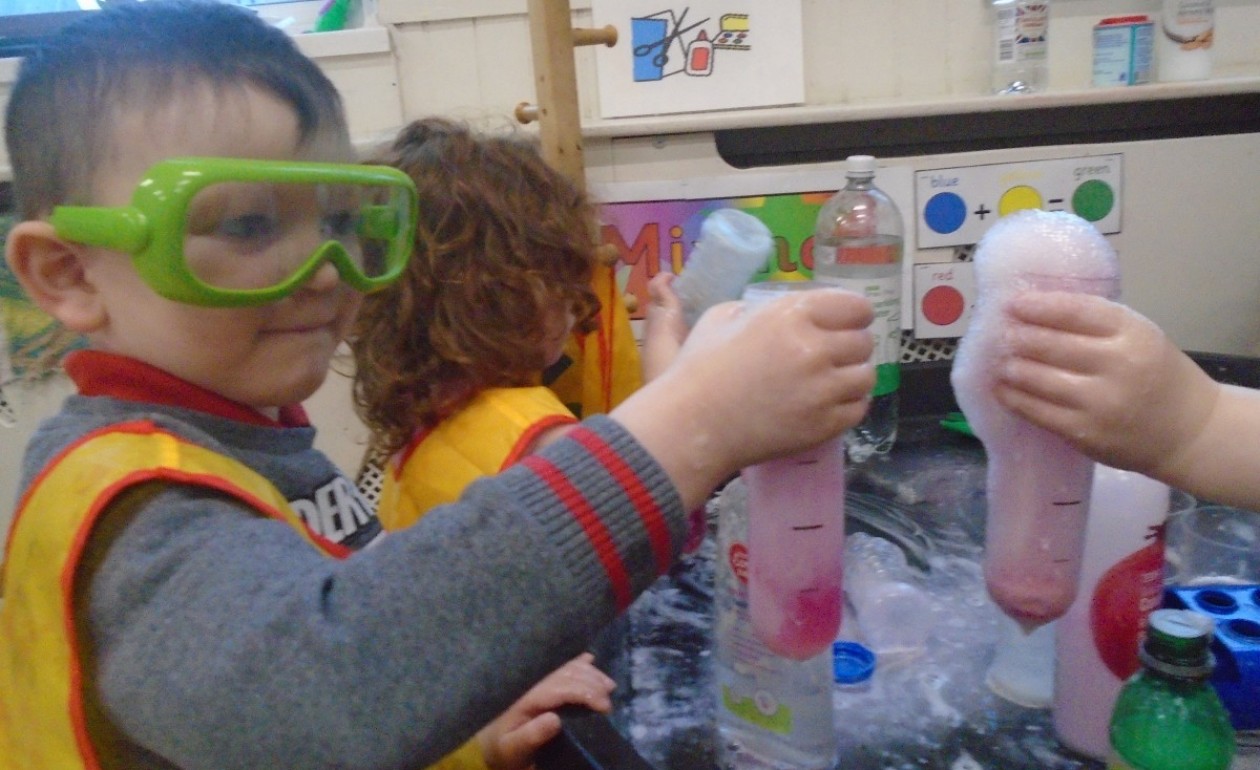Since we have explored gravity and how it effects dropped objects (the same regardless of mass) perhaps we should think about what is needed to escape gravity.
In order to do this we need to consider forces.
So we exerted forces on one another with the hula hoops, staying safe of course!
But something unexpected happened! As Lara recorded on the logbook.

“We were learning about force and I had quite a lot of force (it was about 20 million) and the hula hoop burst right open!

Then we thought about what kind of forces could be made to oppose gravity. Would it need to be a little force or a big force? What difference would the size of the force make? We explored this with our very own rockets!
gravity. Would it need to be a little force or a big force? What difference would the size of the force make? We explored this with our very own rockets!
We were in agreement with our predictions:
Elise: “We’ll need a big force”

Of course we needed to stay safe as always!
“We have to watch – it will fall!”: Caoimhe
“We need to stay on gravity.” Ross M.
“We could go somewhere else.”: Harmony
“We could wear an umbrella on our head”: Isla M.
We went with Ryan D and Gracie’s ideas though.
There was a conversation about the best way to exert the force to make the stomper rocket blast off:
Lara: “You push it like this.”[ Demonstrating with her hands].
Ross M: “No you do it with a foot.”
Caoimhe: “You need to put 2 feet on it – look” [shows the others the picture on the box].
There was some debate over the length of time the rocket would take to fly…
Harmony: “Oh ages – 100 days”
Ryan D.: “25 years”
Elyse: “22”
Ross M.: “100 minutes”
Isla M.: 1 minute
Caoimhe: “50 minutes”
It was a little faster. (In fact it was so fast that the camera couldn’t catch more than a blur!)
We used some of our numeracy skills to help us prepare for blast off. (Counting down helps children understand the sequence of numbers and is the first steps towards subtraction!)
Charlie realised that if you jumped on to the pump you could apply more force. Natalie took a run and jump to get even greater force. Then Euan worked out that he could jump from the step to use gravity to add force!
So the greater the force, the further the rocket would fly.
“Wow – that was a really big force!”: Eve
“If you went slowly it would go a wee bit low.”: Patrick
“Our force made it go up”: Ross M.
We put our hands over the end of the tube tosee what the force felt like.
“So the air pushes it up and up” : Patrick
Sophie applied such force that the rocket jammed and got stuck in the light! We had to get Roseann to bash it out with a big long pole!
So were our predictions right? YES! 
(With one exception…. “It was faster.”: Harmony)
The rocket bashed off the ceiling most times so we don’t know how high it could go if nothing stopped it. To test that we’ll have to go outside!
(I hope it’s dry on Friday!)
Want to extend the learning at home? Here are some very simple ideas to reinforce you child’s understanding of gravity and forces.
Happy experimenting!

























































































